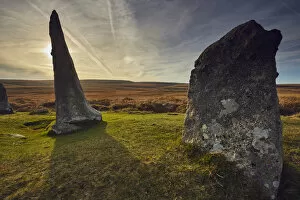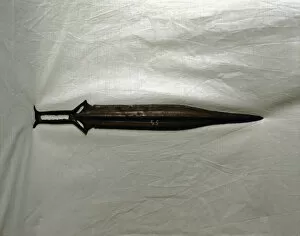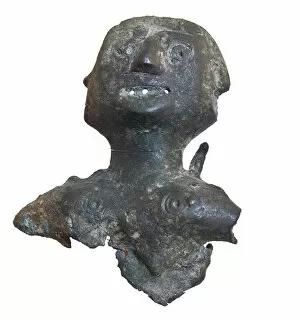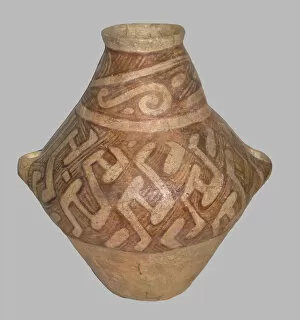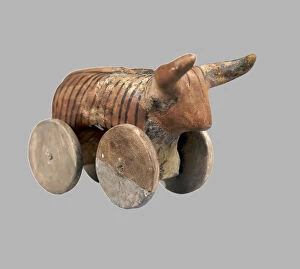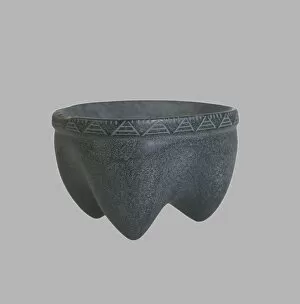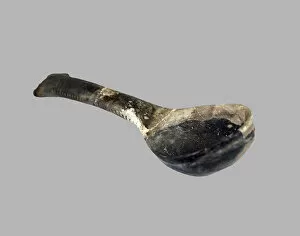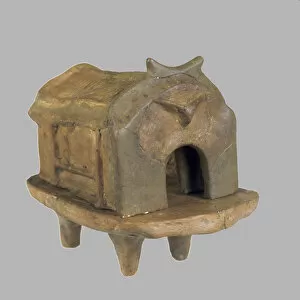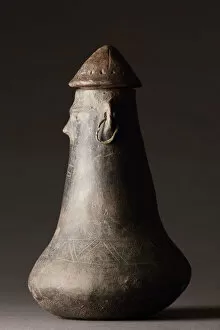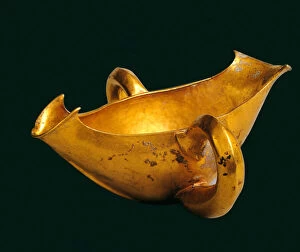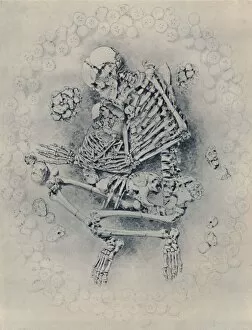Bronze Age Collection (page 9)
"Unveiling the Mysteries of the Bronze Age: A Journey through Ancient Landscapes and Artifacts" Step back in time to the captivating Bronze Age
For sale as Licensed Images
Choose your image, Select your licence and Download the media
"Unveiling the Mysteries of the Bronze Age: A Journey through Ancient Landscapes and Artifacts" Step back in time to the captivating Bronze Age, where civilizations flourished and left behind remarkable traces of their existence. From the vibrant fresco depicting Three Minoan Women at Knossos to the enigmatic Uffington White Horse in Oxfordshire, UK, this era is a treasure trove of wonders waiting to be explored. One cannot help but marvel at the awe-inspiring Stonehenge, standing tall against both time and nature. Whether it's witnessing its grandeur during a breathtaking sunset or admiring its intricate structure up close, Stonehenge never fails to leave visitors spellbound. Its mysterious purpose continues to intrigue scholars even today. Venturing further north towards Scotland's Orkney Islands, one encounters Skara Brae Prehistoric Village - an exceptionally preserved settlement that offers glimpses into daily life during this ancient period. Walking amidst these stone structures feels like stepping into a distant past filled with ingenuity and resilience. The artifacts discovered from this era provide invaluable insights into early human civilization. The delicate craftsmanship of a Bronze Age arrowhead reminds us of their advanced metalworking skills while Sea Henge stands as a testament to their connection with nature and spiritual beliefs. As we traverse rural landscapes dotted with remnants such as Castlerigg Stone Circle, we can almost hear whispers from our ancestors who once gathered here for rituals or celebrations. These sacred sites serve as reminders of our shared history and cultural heritage. The Bronze Age was an epoch marked by innovation, creativity, and societal advancements that laid foundations for future civilizations. Let us embark on this journey together as we unravel the mysteries hidden within these ancient relics – connecting our present with an extraordinary past that shaped humanity's trajectory forevermore.









